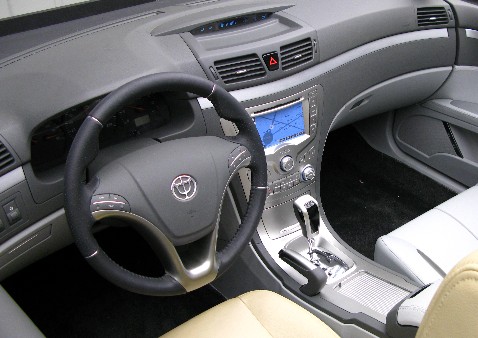5 Key Benefits of Using Rapid Prototyping for Product Design & Development One of the prominent challenges that product designers face, is not having the ability to make clients or in-house management staff to realize how the product will look and feel actually. Despite the possible advancements in 3D CAD technologies, explaining design aspects through digital models always ends up with “can you prove-it” question. Additive manufacturing or the rapid prototyping technology is as such gaining a lot of importance among the engineering designers and manufacturers, as it offers a fast and accurate way to realize the potential of the product. Adopting rapid prototyping brings higher fidelity from the conceptualized design compared to the conventional paper prototyping. Some the considerable benefits of this technology include: 1. Realizing the Design Concepts Rapid prototyping allows designers to realize their concepts beyond virtual visualization. This enables to understand the look and feel of the design, rather than simply assuming through the CAD model. This helps designers to carry forward their ideas and implement them in their design prior to finalization. It also provides a proof of concept for the end client, seeking for a more realistic product design rather than merely visualizing the design on screen. 2. Incorporating the Changes Instantly Having a physical model in hand, it is possible to incorporate the changes instantly merely by asking the feedback from the customers. Prior to finalizing the design, there are several iterations required. With each iterative process, the design improves further, building confidence for both the designer as well as the end consumer. This also helps in identifying the actual need of the market, making possible to develop competitive products with better acceptance rate. 3. Saving Cost and Time With additive manufacturing, the cost and time required to develop moulds, patterns and special tools can be eliminated. The same CAD software and the printing equipment can be utilized to produce different geometries. Unlike conventional prototyping methods such as CNC machining, the amount of waste produced is minimum, as rapid prototyping only prints the material that is actually required to build the object. 4. Customizing Designs The most promising benefit of rapid prototyping is the ability to develop customized products as per the individual requirement. It requires no special tools or process to implement design changes in the product. A small change in the CAD model and the entire process remains the same. For manufacturers, this is highly advantageous as it offers a connected experience for the customer with the product they purchase. 5. Minimizing Design Flaws The additive manufacturing offers the ability to identify flaws in the design prior to mass production. The materials available for rapid prototyping closely resemble the properties and strength of the actual product, making it possible to perform physical tests easily. The risks of faults and usability issues can be identified earlier to avoid problems that might occur later during manufacturing process. The use of rapid prototyping in product design and development is indeed a profitable decision and must be encouraged in the manufacturing organization. In a fiercely competitive landscape, this tool can help in developing innovative products cost-effectively.
